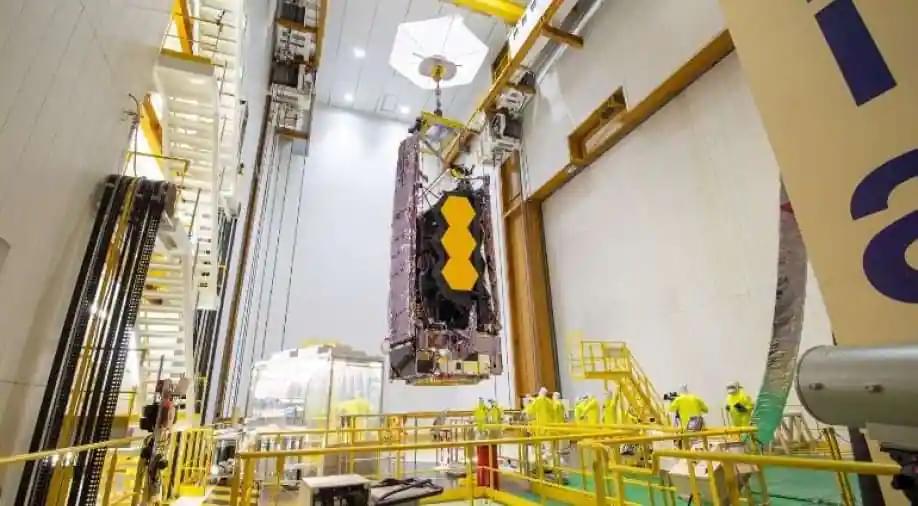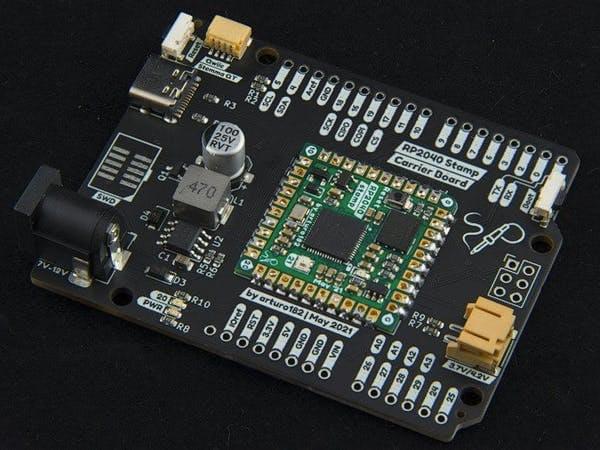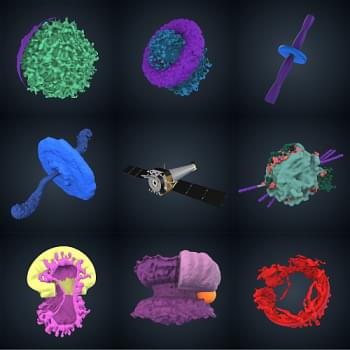A senior Western intel official warns war would have far-reaching consequences on the continent.




Wordfence analysts report having detected a massive wave of attacks in the last couple of days, originating from 16,000 IPs and targeting over 1.6 million WordPress sites.
The threat actors target four WordPress plugins and fifteen Epsilon Framework themes, one of which has no available patch.
Some of the targeted plugins were patched all the way back in 2018, while others had their vulnerabilities addressed as recently as this week.



A Christmas Eve present to the world.
In what can be considered as a Christmas present for the world, NASA is looking to launch its new space telescope on coming Friday, which also happens to be ‘Christmas Eve’.
On Friday, NASA Administrator Bill Nelson said that the agency will blast off the $10 billion James Webb Space Telescope on December 24.
Also Read | ’Long-extinct volcano on Mars?’: Perseverance rover’s new discoveries a treasure trove for future scientists
In the endeavour, a European Ariane rocket will lift it from French Guiana.



